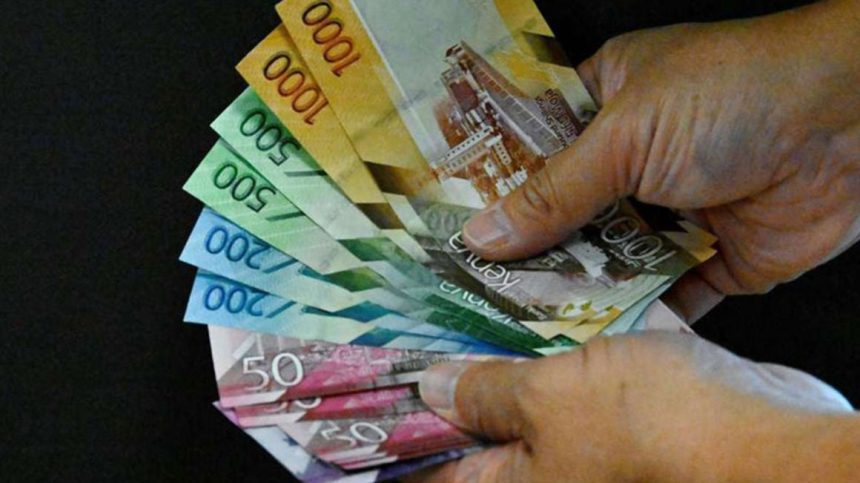The rate at which banks borrow from each other on an emergency basis has risen to a near five-year high of 10.02 percent, pointing to the skewed distribution of liquidity in the banking sector given the ample excess reserves lenders held end of last week.
The rise to double digits for the first time since December 2018 shows banks were willing to pay more for funds from fellow lenders via the window mainly used to help meet regulatory daily cash requirements.
Banks do not borrow from the window for onward lending to customers, but the cost of emergency funds factors into the overall cost of funds, which is passed on to borrowers.
In its bulletin at the end of last week, the Central Bank of Kenya (CBK) said liquidity remained adequate, supported by government payments, with commercial banks holding an excess reserve of Sh92 billion in relation to the 4.25 percent cash reserves requirement (CRR).
Analysts, however, expect that the money supply will tighten in the course of this week, putting further pressure on the interbank rate.
“We expect the interbank rate to remain above eight percent levels in the coming week, mainly driven by the remittance monthly obligations, delayed government payments and CBK’s open market operations,” said AIB AXYS Africa in a fixed income note on Monday.
Skewed distribution of liquidity in the banking sector has been a recurring problem since the collapse of three lenders in 2015 and 2016, with some of the larger lenders becoming more cautious when advancing cash to smaller peers.
An illiquid or skewed market’s first casualties are usually the smaller banks, given that the bigger lenders control up to 80 percent of liquidity at any time.
The skewed distribution of liquidity has led to calls to reform the interbank market, with the likeliest solution being the introduction of an interest rate corridor, which involves setting the upper and lower limits of the interbank rate in alignment with the prevailing Central Bank Rate.




